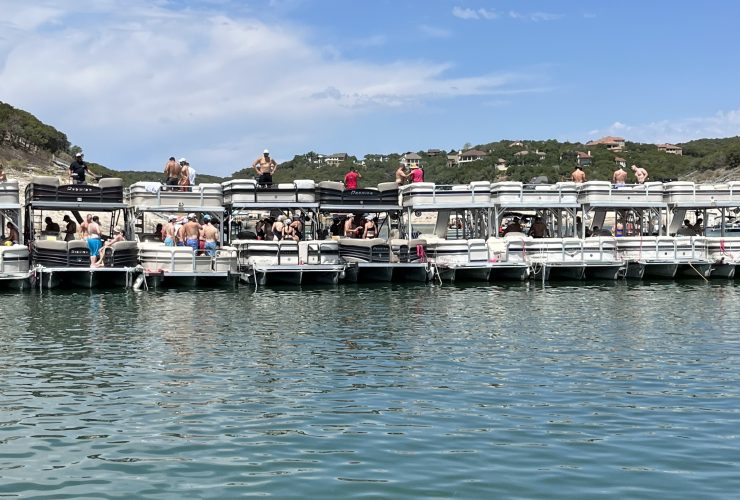If you’ve ever taken a boat out or prepared one for launch, you’ve probably heard someone say, “Did you check the drain plug?” It’s a simple component, but forgetting it can lead to serious trouble. So, why do boats have drain plugs in the first place, and what happens if you leave it out?
This post from a well-known boat tour agency breaks it into practical terms so you understand what drain plugs do, where they’re located, and why they’re essential for safe boating.
The Purpose of a Boat Drain Plug
A drain plug is designed to let water out of the hull after the boat has been taken out of the water. Even the most watertight vessels collect small amounts of water from rain, waves, or even condensation. Over time, this can build up and needs to be drained.
The plug is usually removed when the boat is on a trailer or dry dock, allowing gravity to push the water out. Once the water has drained, the plug is put back in before the next launch. Forgetting this step means water can flow in when the boat is back on the water, causing it to fill—and potentially sink.
Where Is the Drain Plug Located?
On most small to mid-sized boats, the drain plug is found at the lowest point of the transom—the flat back portion of the hull. It’s easy to access from the rear when the boat is out of the water. Some plugs screw in, while others have a rubber stopper with a lever that expands to seal the hole.
There may also be additional plugs, like livewell or bilge plugs, depending on the design of your boat. Knowing the location of each is important for safe operation.
What Happens If You Forget the Drain Plug?
Forgetting the drain plug is one of the most common boating mistakes—and one of the most dangerous. If you launch without it, water will flood the hull immediately. Depending on your boat’s size, you might notice the back end riding low in the water or even taking on water quickly.
Some modern boats have automatic bilge pumps that can delay disaster, but they can’t keep up with an open hole. If you realize it early, you may be able to recover by pulling the boat out quickly and draining it. In worst-case scenarios, the boat can sink at the dock or out on the water.
Are Drain Plugs Required for All Boats?
Not every type of boat uses a traditional drain plug. Kayaks, canoes, and some personal watercraft use scupper holes or self-bailing systems. But most motorboats, fishing boats, and runabouts do require at least one plug to keep water from accumulating in the bilge area.
Even if you have a boat that’s built to self-drain, it’s still important to check all openings and make sure they’re sealed adequately before heading out. A missing or damaged plug is a preventable issue that can lead to thousands in damage or even loss of the boat.
Tips to Avoid Drain Plug Mistakes
Forgetting the drain plug is easy to do, especially when launching in a hurry. Here are a few habits that can help:
- Create a pre-launch checklist that includes the drain plug at the top.
- Mark the plug location with a bright tag or sticker so it’s hard to miss.
- Carry a spare drain plug in your toolbox or glove compartment.
- Double-check before launch, even if you’re sure you already installed it.
Boats have drain plugs for a simple reason: to keep water out while underway and to let water out once you’re back on land. It’s a small piece of hardware with a big job—and forgetting it just once can ruin an entire trip.
Other Related Topics:




